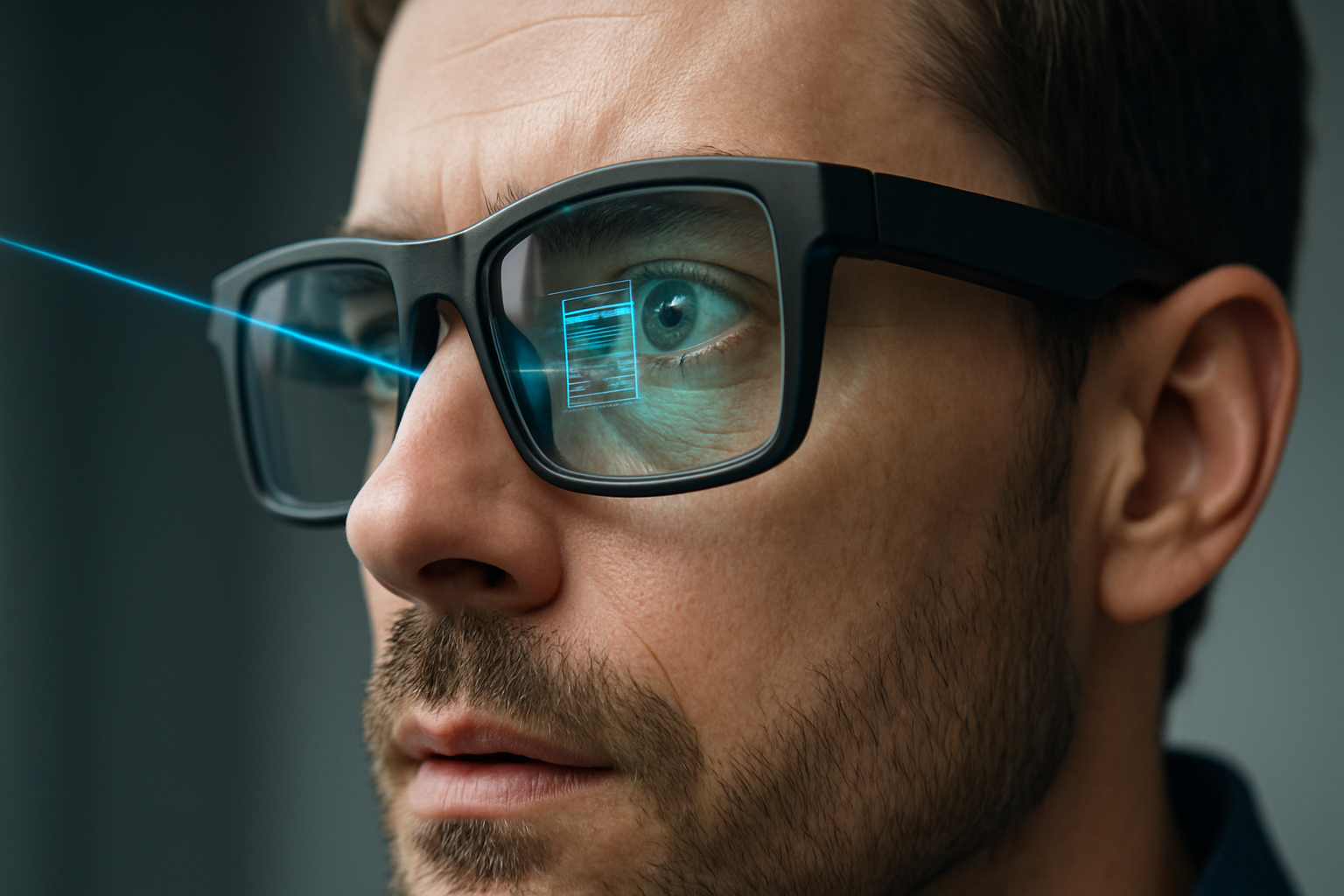Retinal Projection Displays: The Next Frontier in Personal Computing
In a world where screens dominate our daily lives, a groundbreaking technology is poised to revolutionize how we interact with digital information. Retinal projection displays, once the stuff of science fiction, are now emerging as a potential game-changer in personal computing. This cutting-edge technology promises to deliver immersive, high-resolution visuals directly to our eyes, bypassing traditional screens altogether. As tech giants and startups alike pour resources into developing this futuristic display method, we stand on the brink of a paradigm shift in how we consume digital content.

The concept isn’t entirely new – it has its roots in military heads-up displays and specialized medical applications. However, recent advancements in miniaturization, laser technology, and eye-tracking have brought retinal projection closer to consumer reality. The key lies in precisely controlling the laser’s path to match the curvature of the eye and adjusting for the viewer’s eye movements in real-time.
Advantages Over Conventional Displays
Retinal projection offers several compelling advantages over traditional screen-based displays. For one, it eliminates the need for physical screens, potentially leading to more compact and energy-efficient devices. This could pave the way for truly minimalist smartphones or even invisible computers that project interfaces onto any surface – or thin air.
Moreover, retinal projection can theoretically provide an infinitely adjustable field of view, from a small notification window to a massive virtual screen that fills your entire vision. This scalability makes it equally suitable for checking a quick text message or immersing yourself in a cinematic experience.
Another significant benefit is the potential for reduced eye strain. By projecting light directly onto the retina, the technology bypasses the need for the eye to constantly refocus, which is a common cause of digital eye fatigue. This could make extended computing sessions more comfortable and potentially less damaging to eye health.
Current State of Development
While retinal projection displays aren’t yet available on store shelves, several companies are making significant strides in the field. Intel’s Vaunt project, although discontinued, demonstrated the potential for retinal projection in a form factor similar to regular eyeglasses. Other players like Magic Leap and Microsoft have incorporated elements of retinal projection into their mixed reality headsets.
Smaller startups are also pushing the boundaries of what’s possible. QD Laser, a Japanese company, has already released a retinal projection device called RETISSA Display, primarily aimed at people with visual impairments. While not yet a full-fledged computing platform, it showcases the technology’s potential to create clear images even for those with focusing difficulties.
Challenges and Limitations
Despite its promise, retinal projection technology faces several hurdles before it can become mainstream. One of the primary challenges is achieving sufficient brightness and color range to compete with high-quality OLED and microLED displays. Current prototypes often struggle in bright environments, limiting their usefulness outdoors.
Power consumption is another significant concern. While projecting directly to the retina can be more efficient than illuminating a full screen, the precise control required for eye-tracking and image adjustment demands substantial processing power. Balancing performance with battery life remains a key challenge for developers.
Safety is also a crucial consideration. While low-power lasers are generally considered safe, long-term studies on the effects of prolonged retinal projection use are still lacking. Ensuring that the technology is completely safe for extended daily use is paramount before it can be widely adopted.
The Future of Personal Computing
As retinal projection technology matures, its potential applications extend far beyond simple display replacement. Imagine a world where your entire computing environment is overlaid onto your natural vision – contextual information appearing as you need it, virtual screens that can be summoned or dismissed with a gesture, and seamless integration between digital and physical spaces.
This technology could redefine how we interact with information and each other. Virtual meetings could feel more like face-to-face interactions, with life-sized projections of participants. Educational experiences could become more immersive, with 3D visualizations floating before students’ eyes. Even everyday tasks like cooking or DIY projects could be transformed with step-by-step instructions projected into your field of view.
The implications for accessibility are equally profound. For individuals with visual impairments, retinal projection could offer customized vision enhancement, adapting to each user’s specific needs and potentially restoring functional sight in ways current assistive technologies cannot match.
While it may be several years before retinal projection displays become a common sight, the groundwork is being laid for a future where our digital and physical worlds blend more seamlessly than ever before. As this technology continues to evolve, it promises to reshape our relationship with computers and usher in a new era of personal computing – one where screens as we know them may become a thing of the past.





